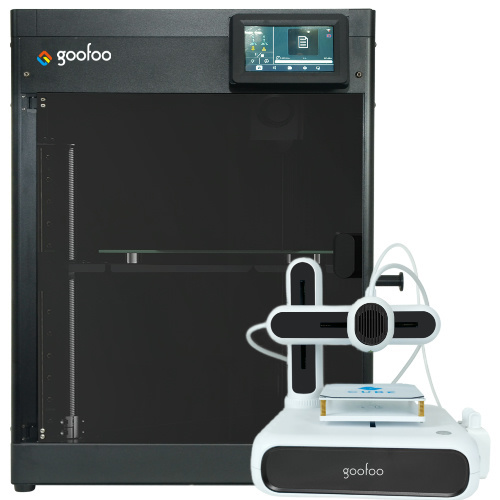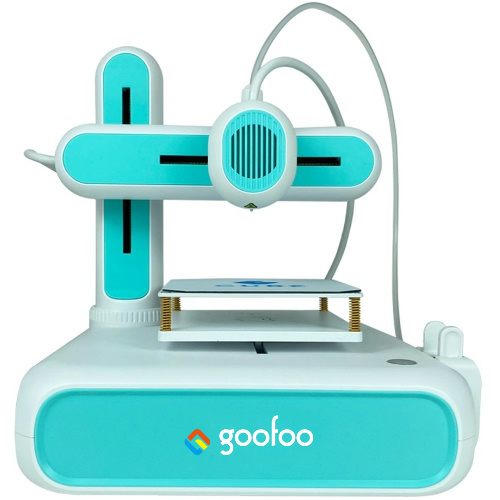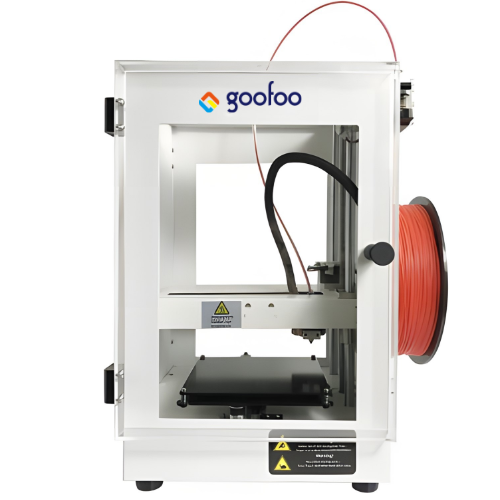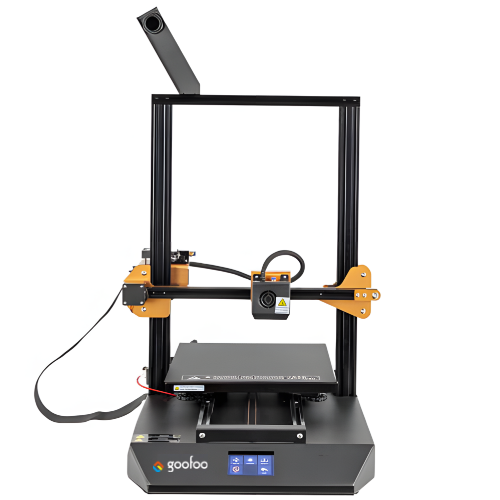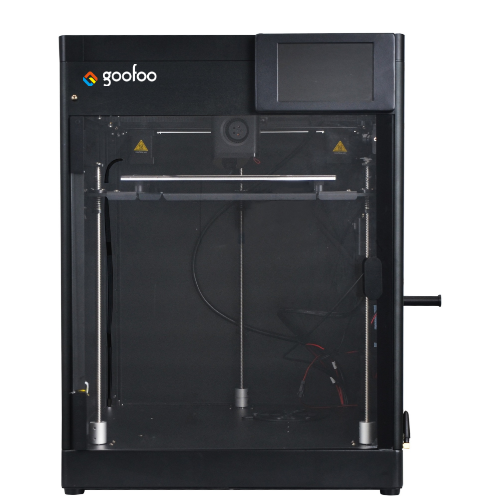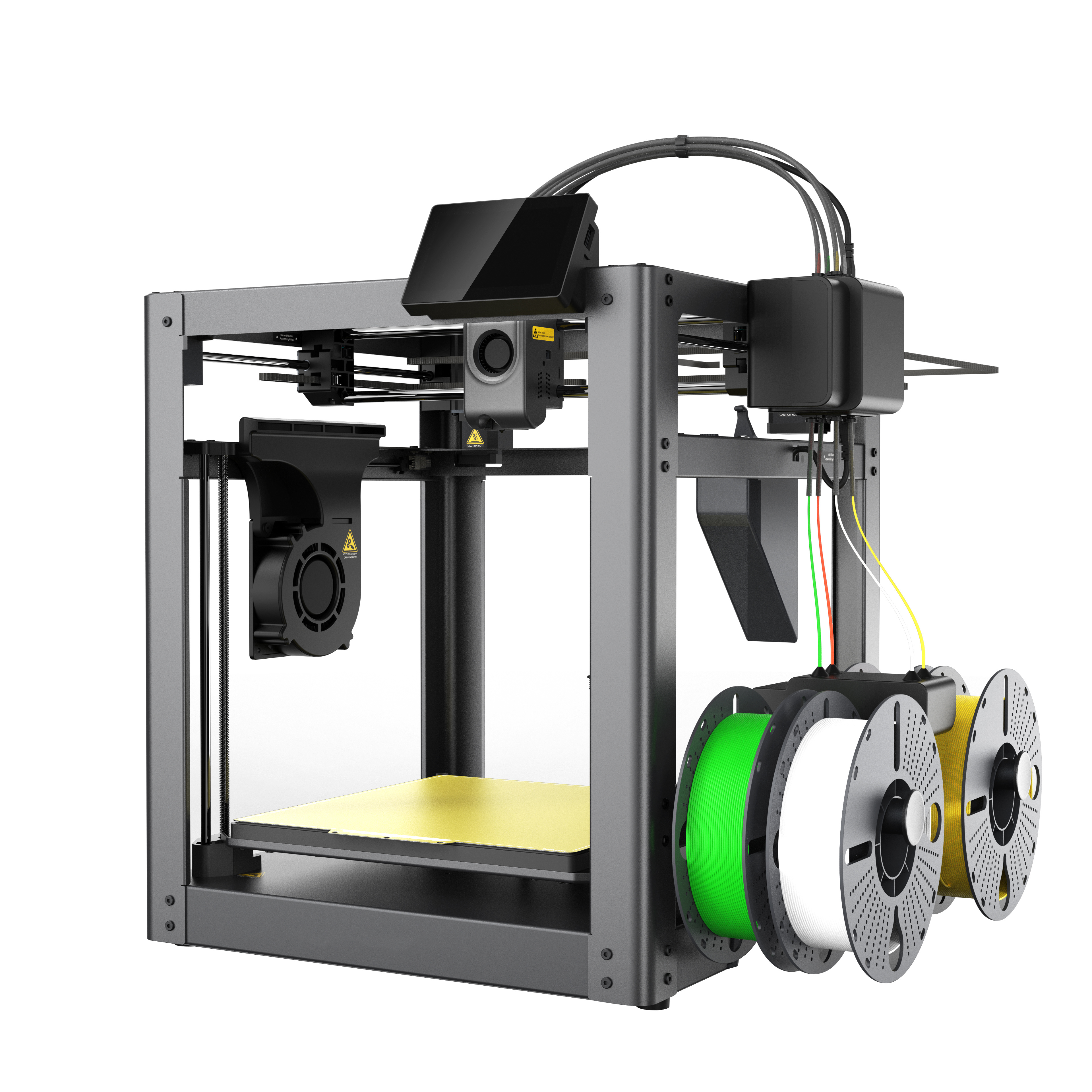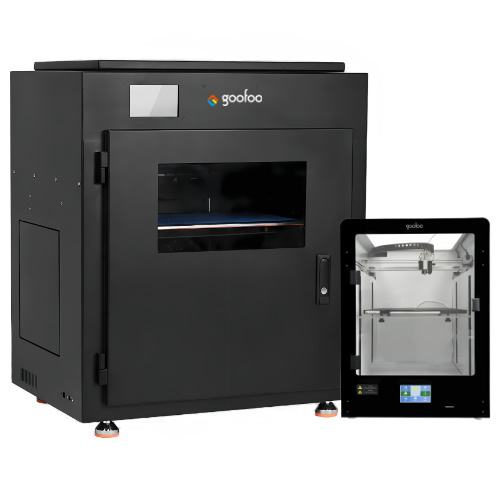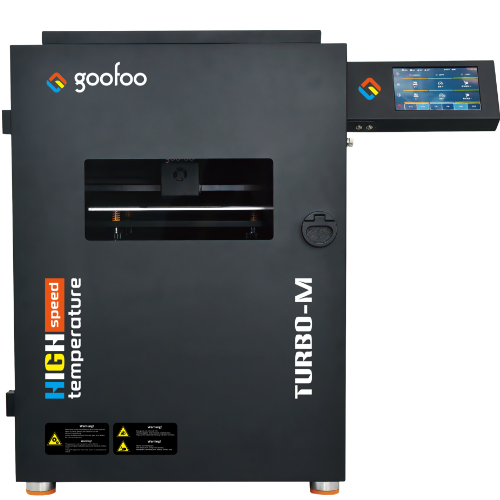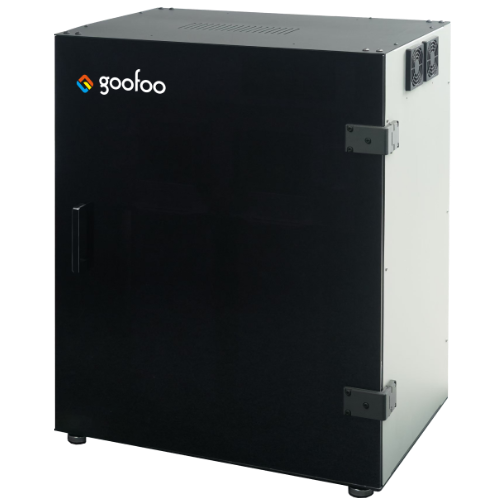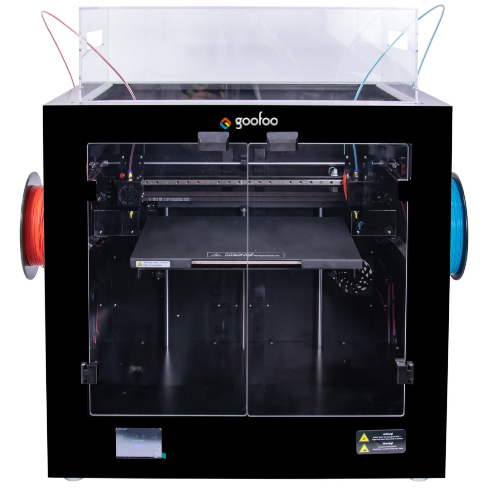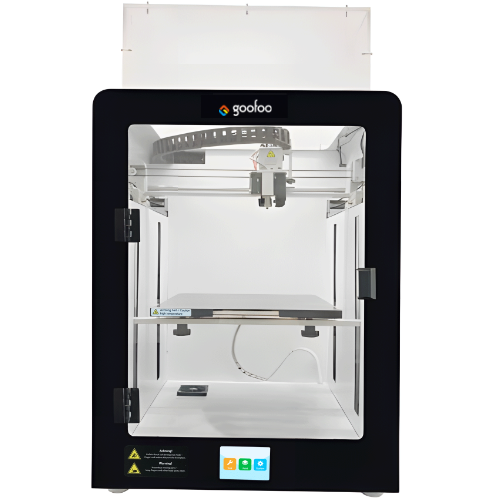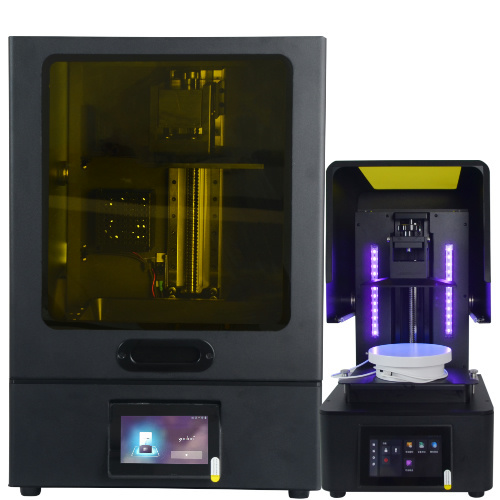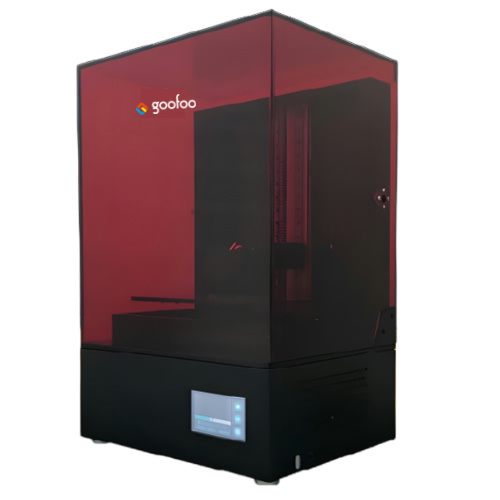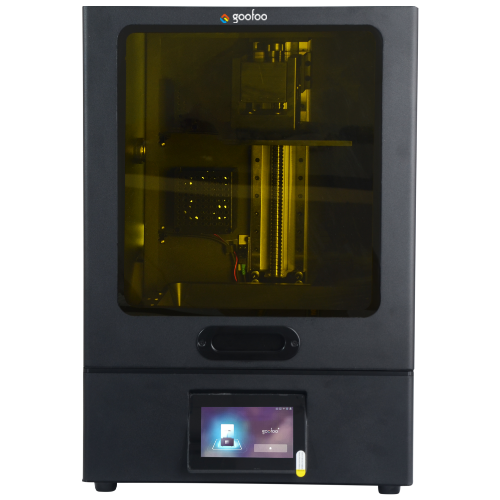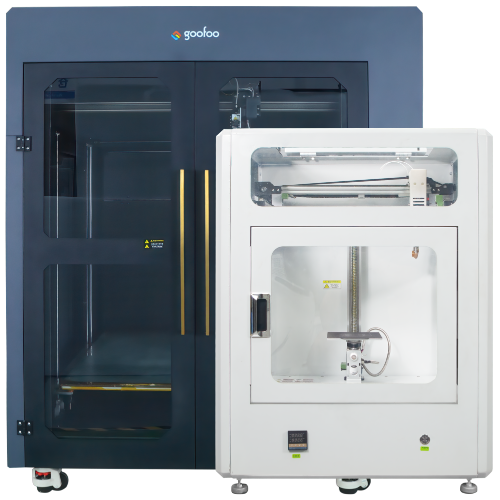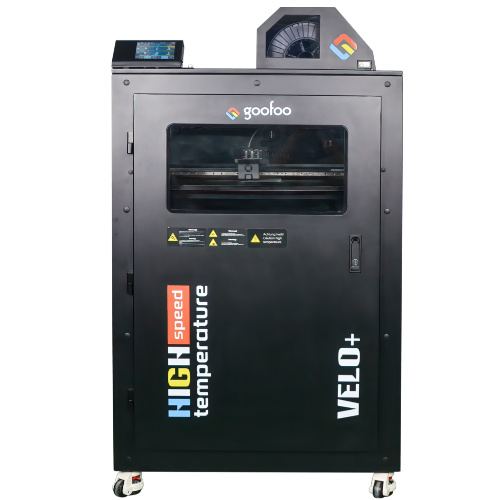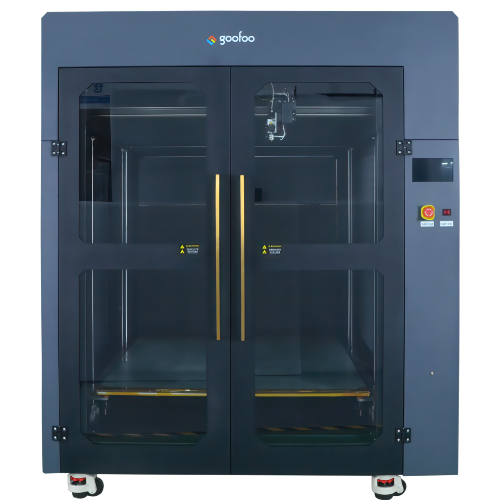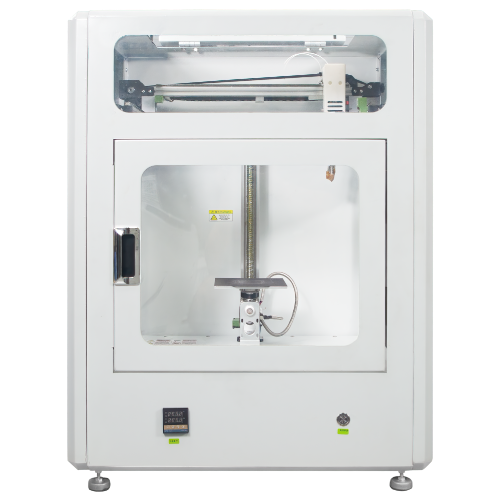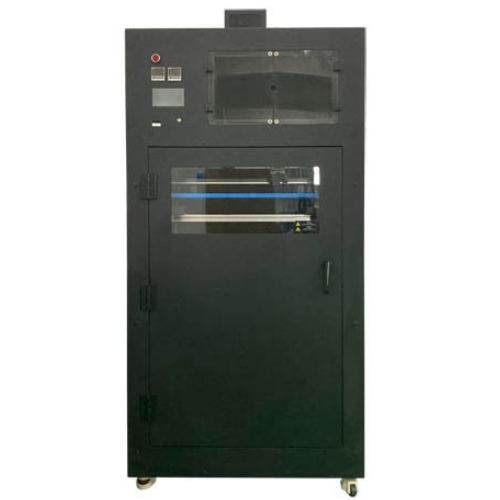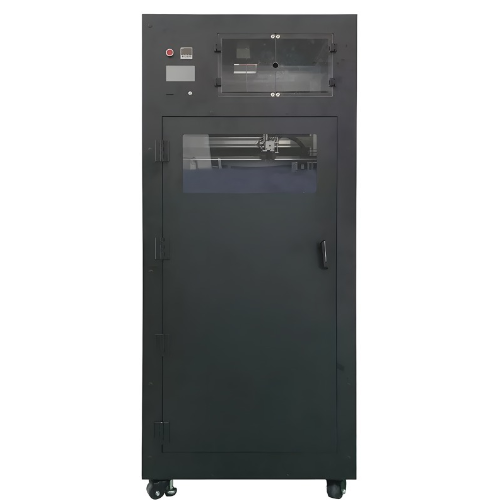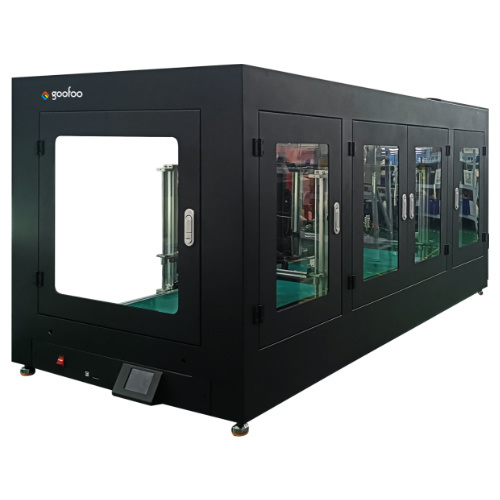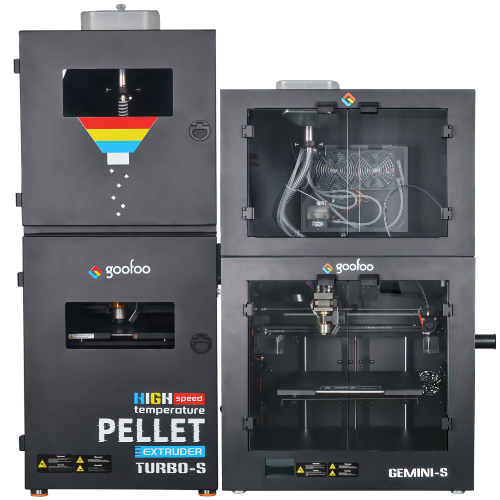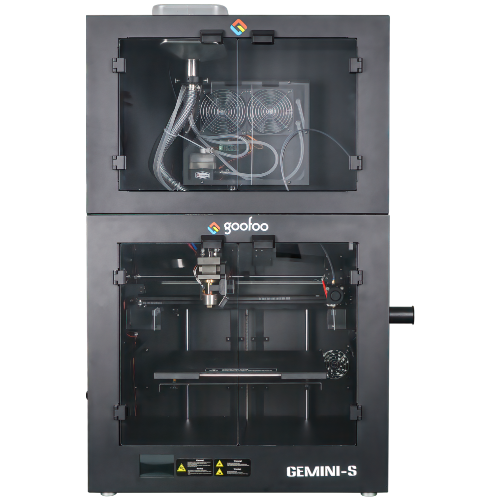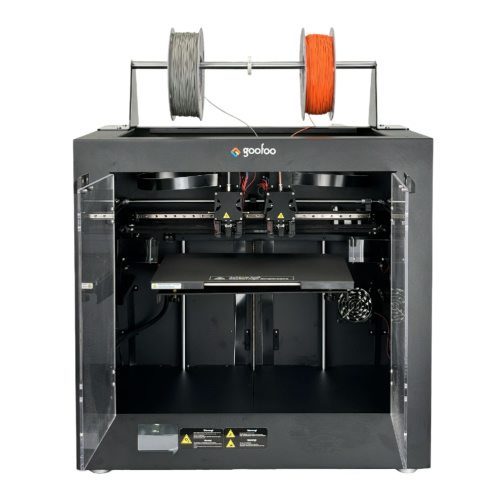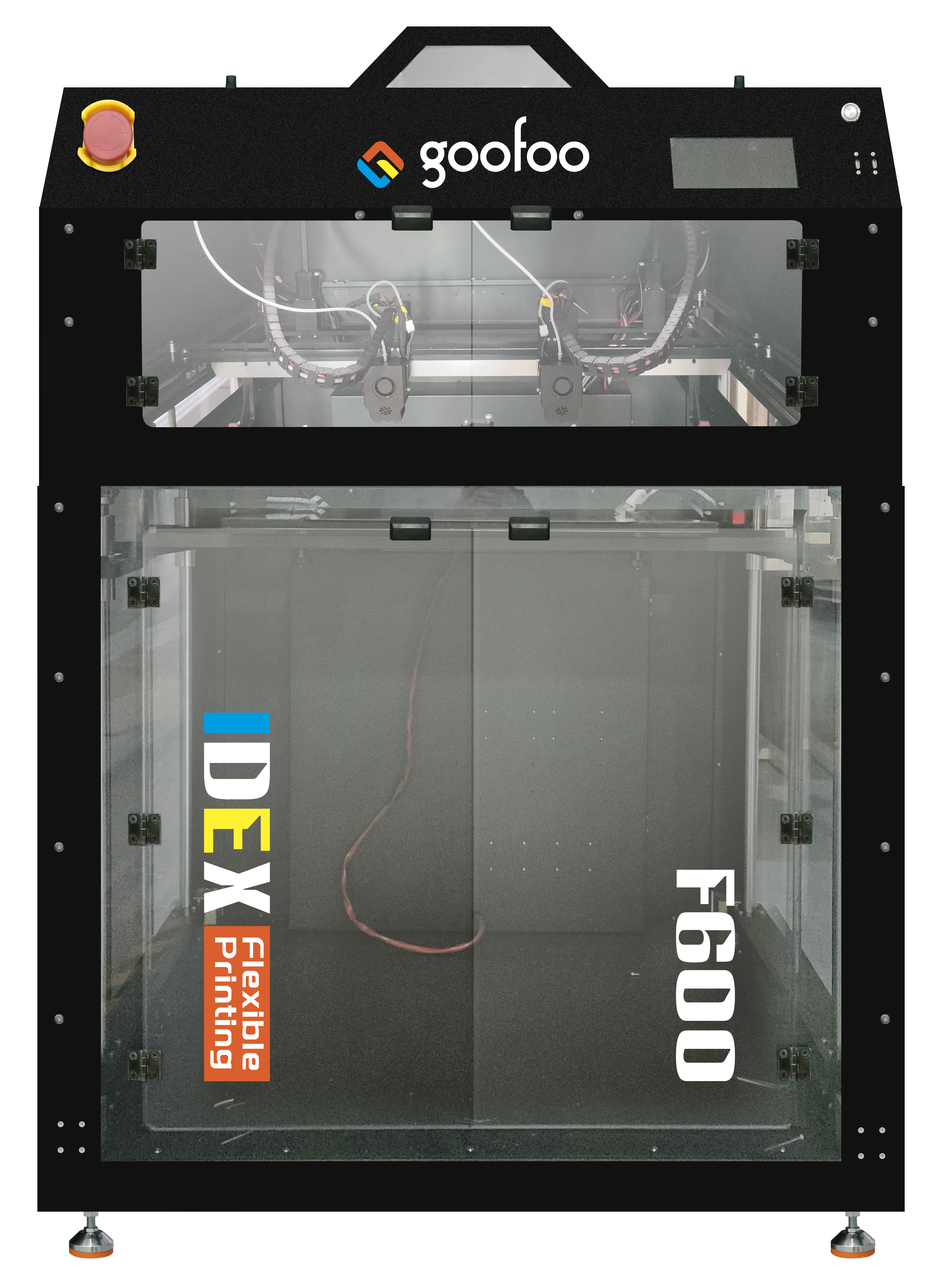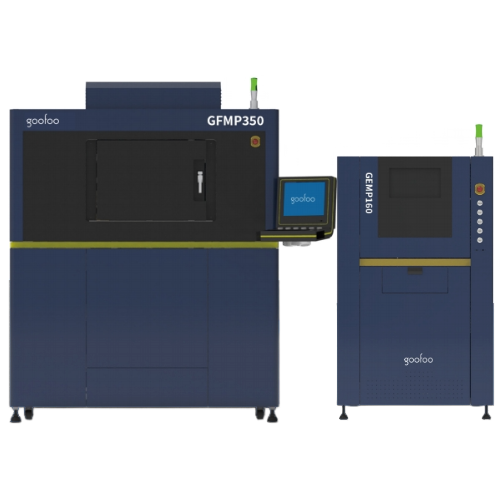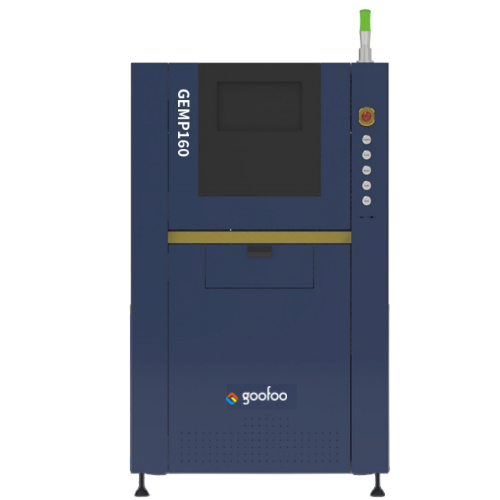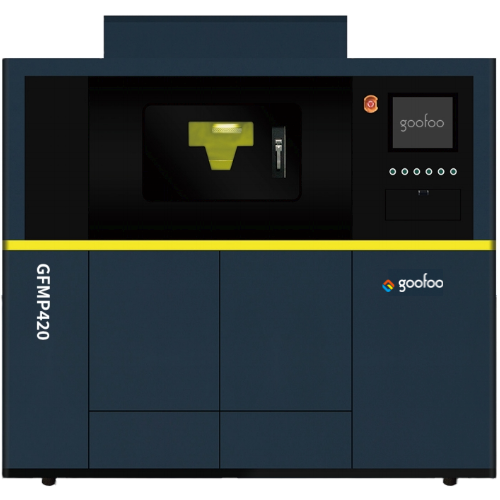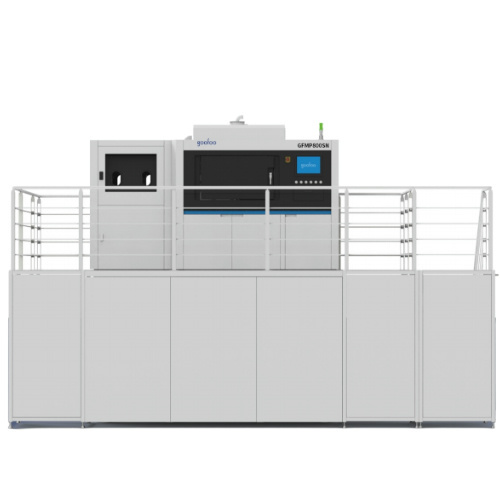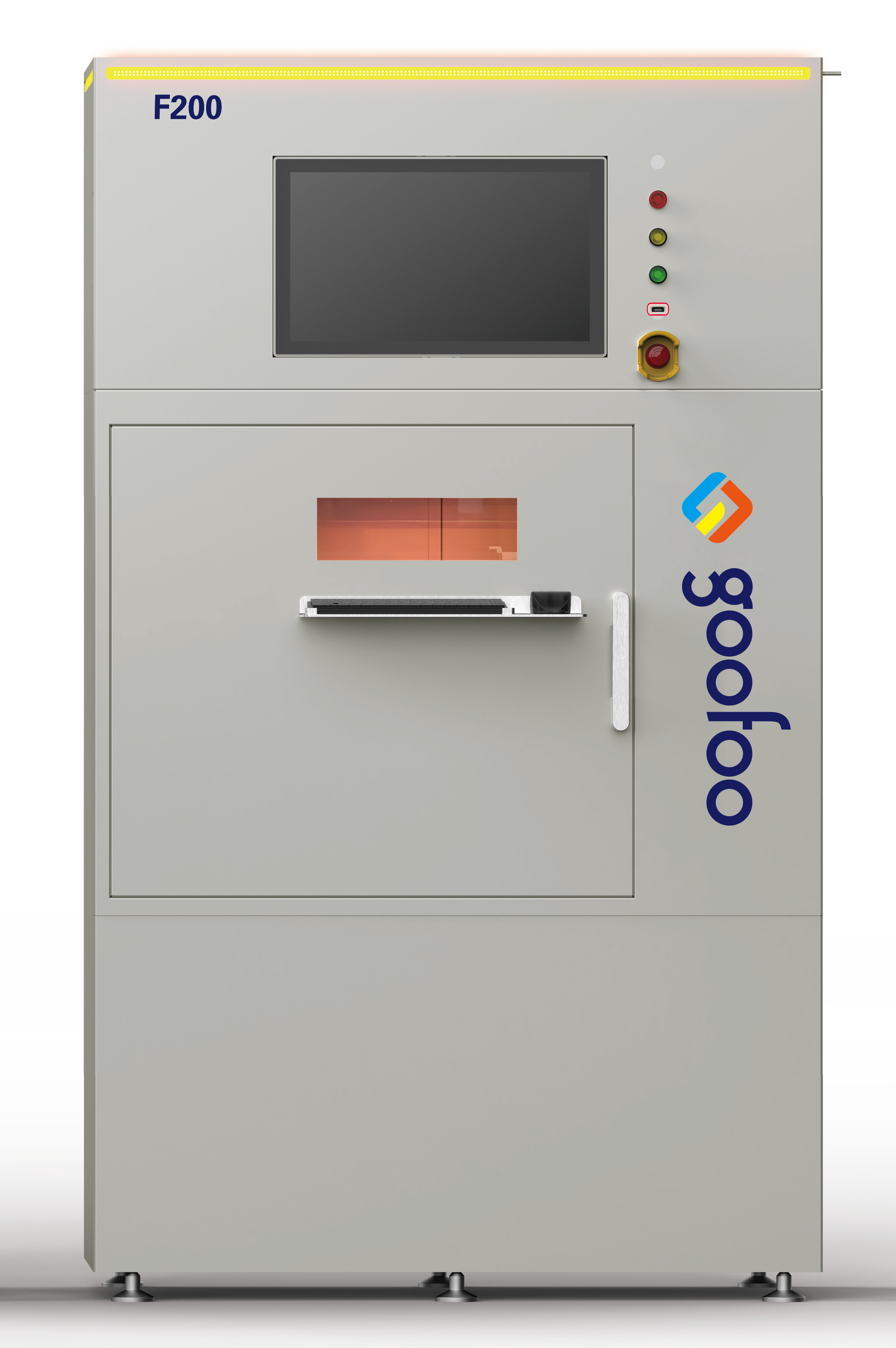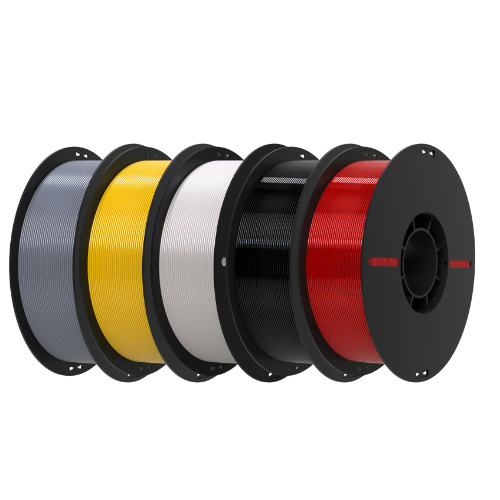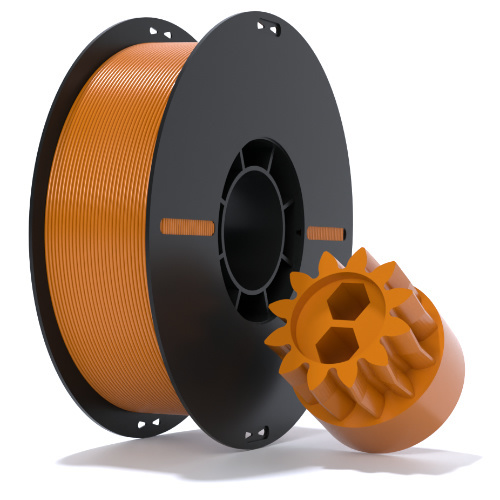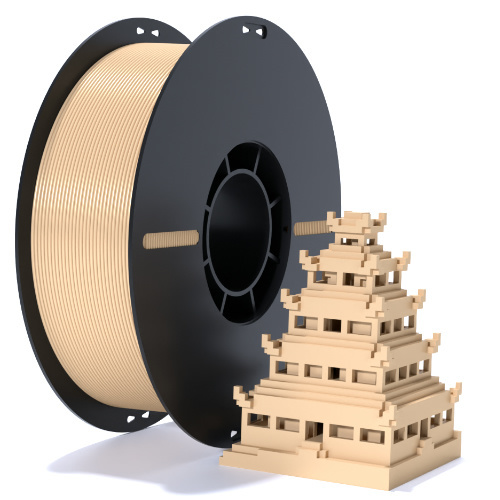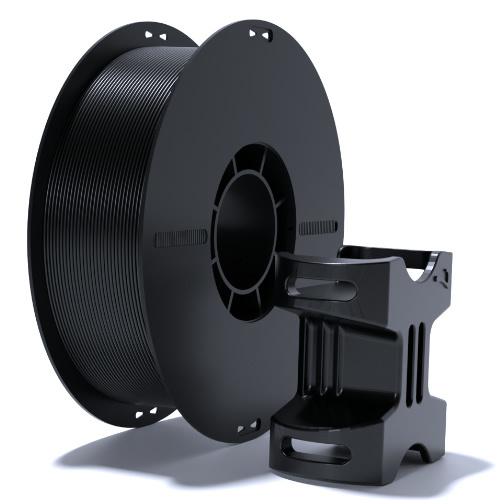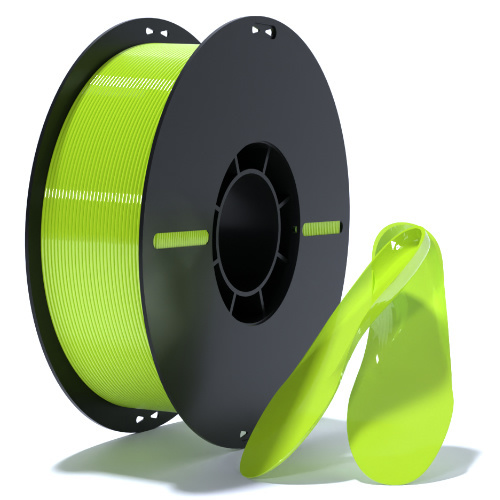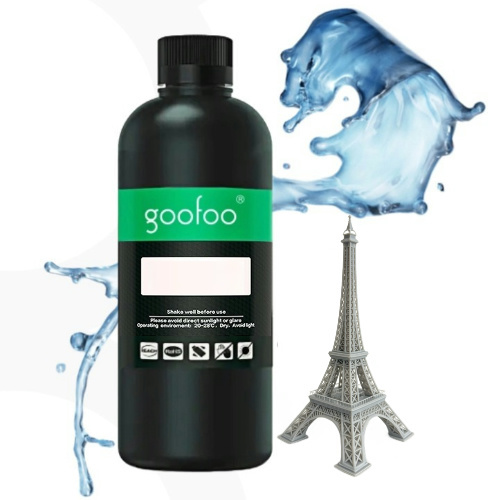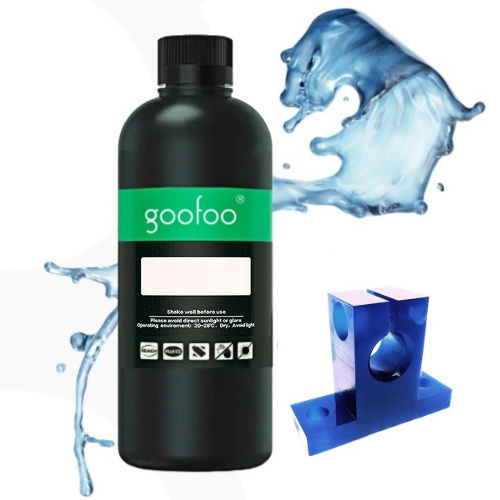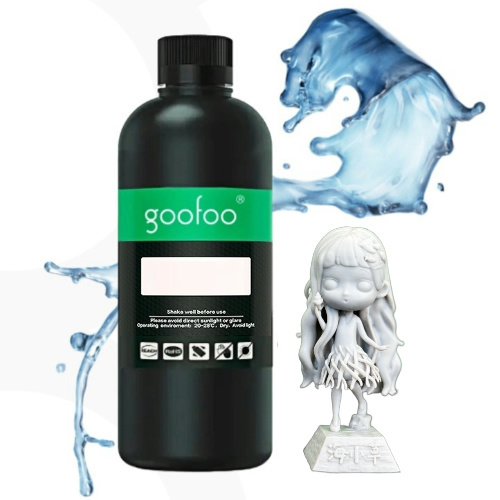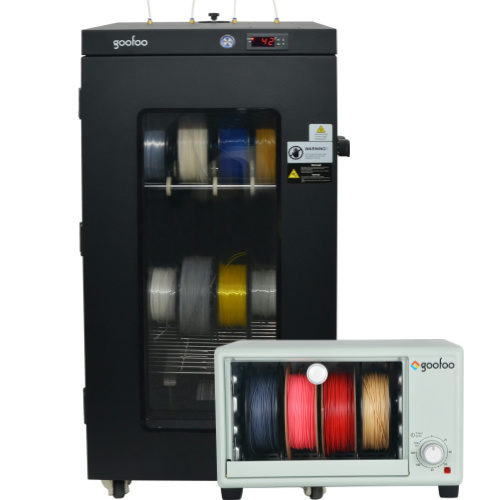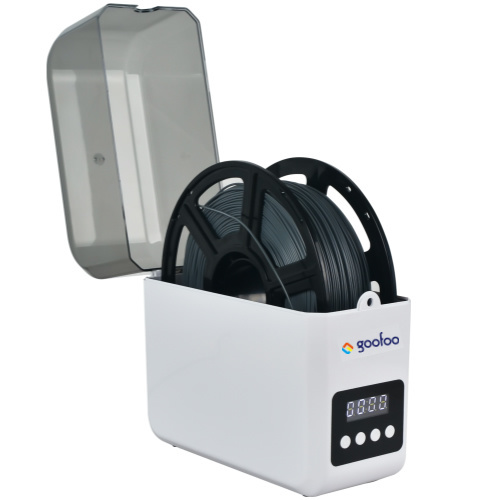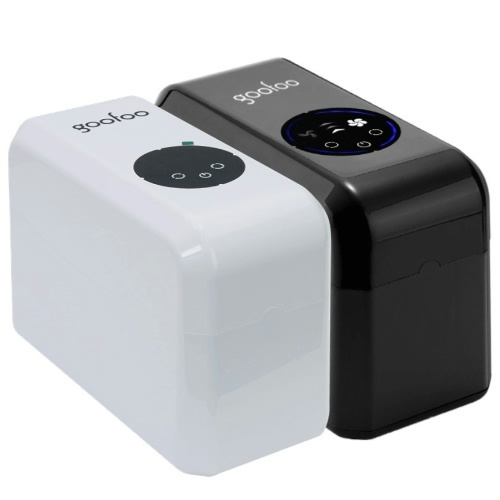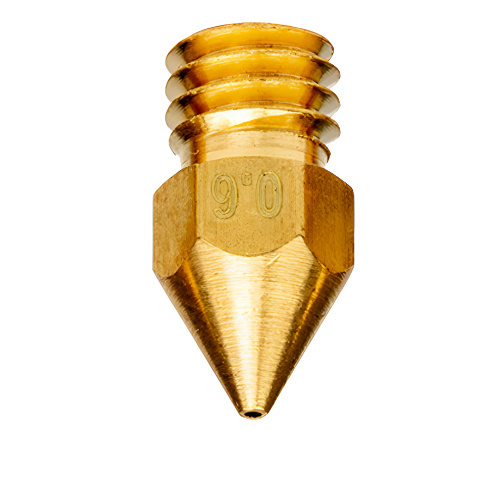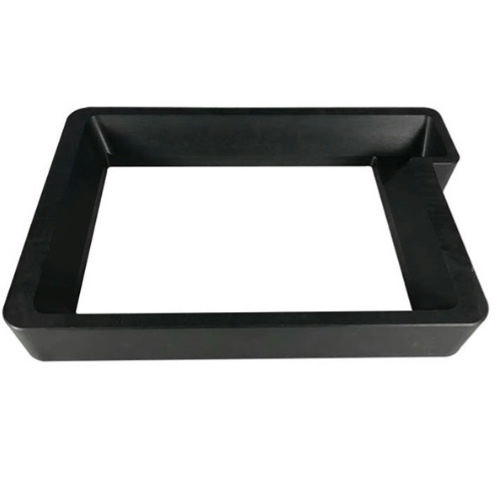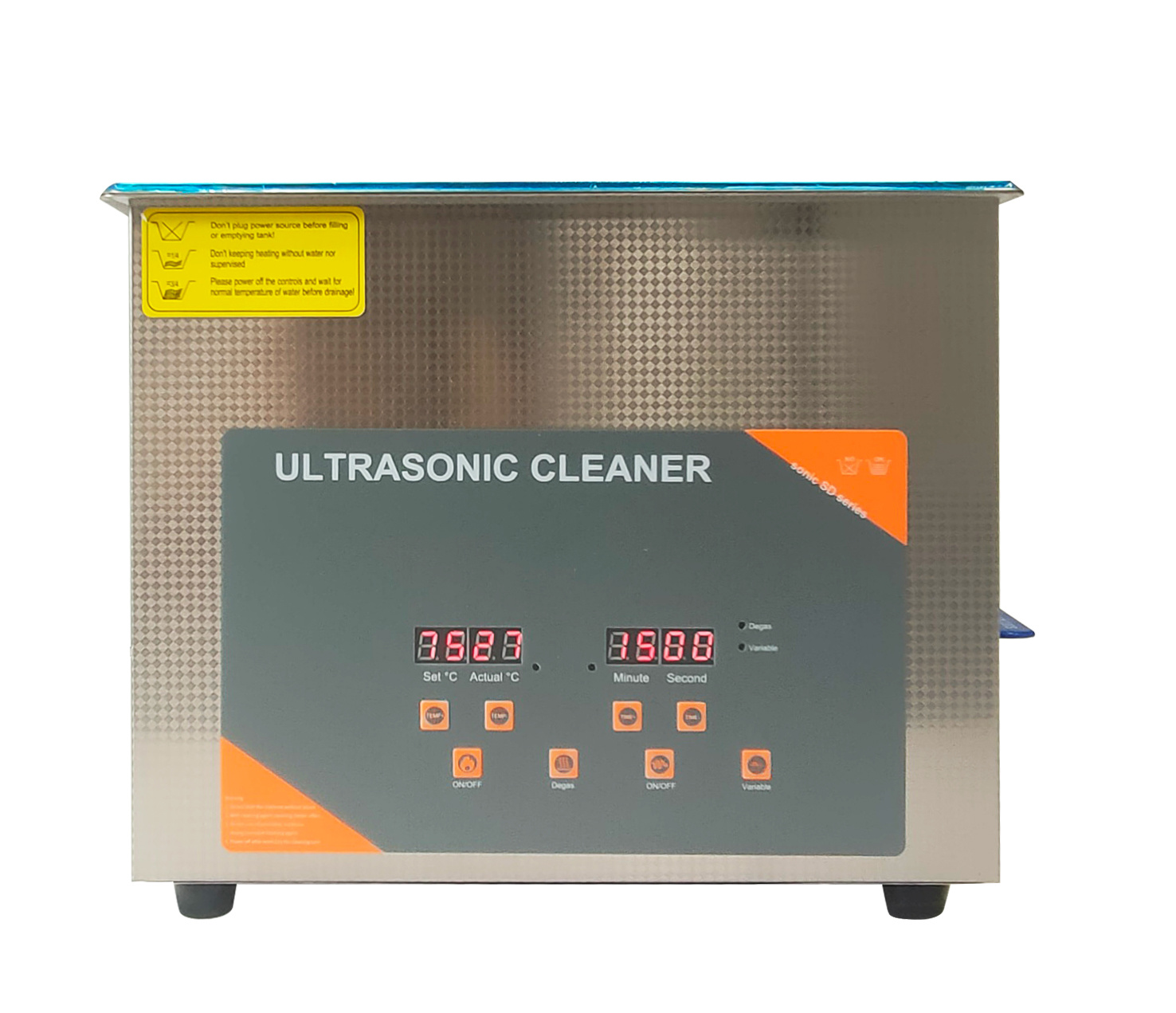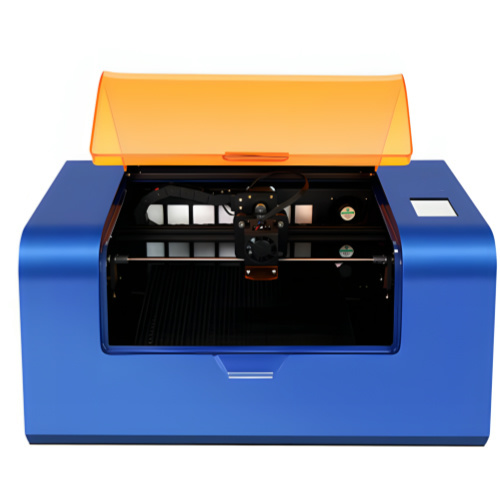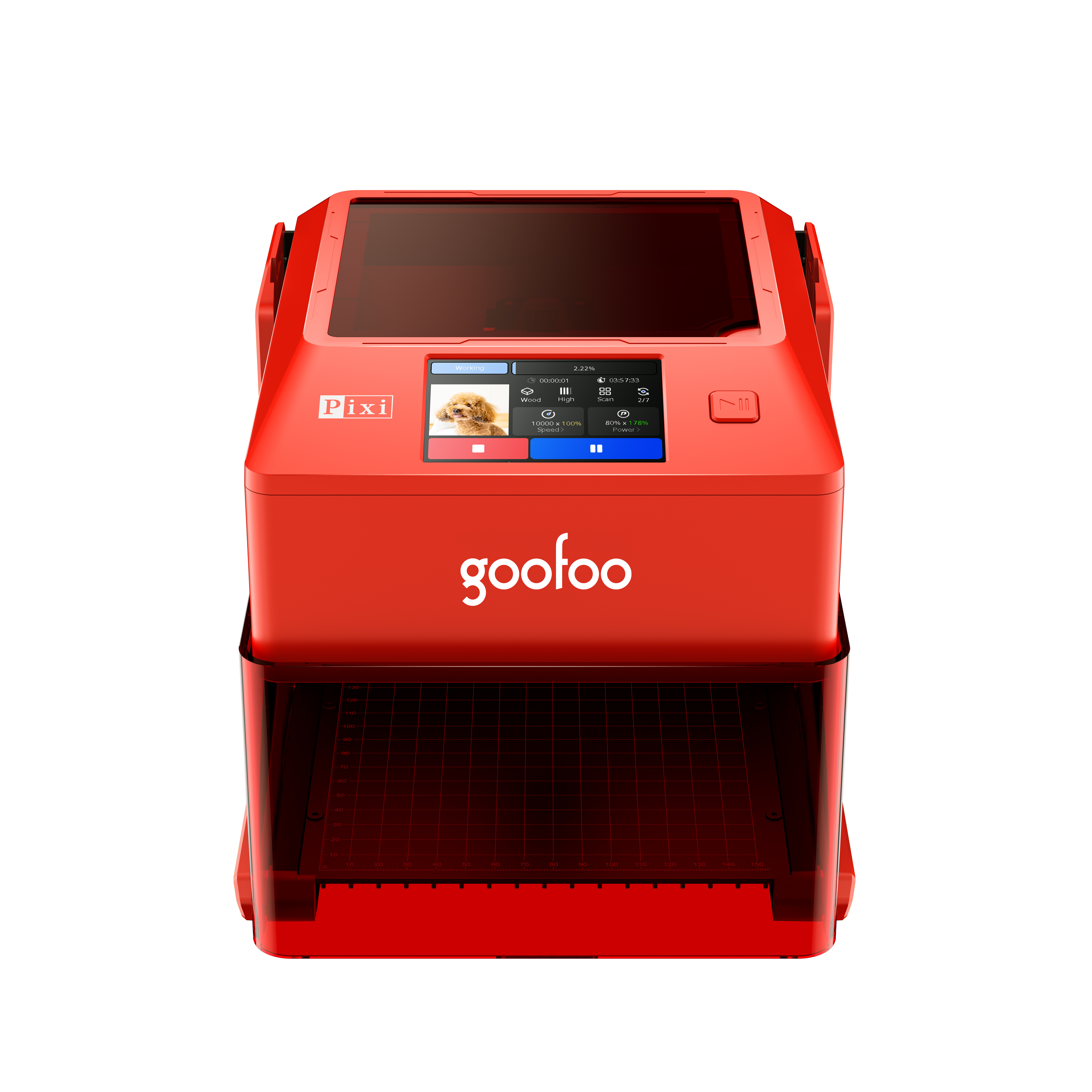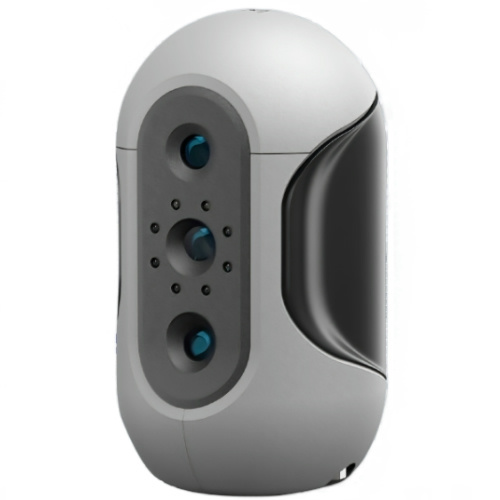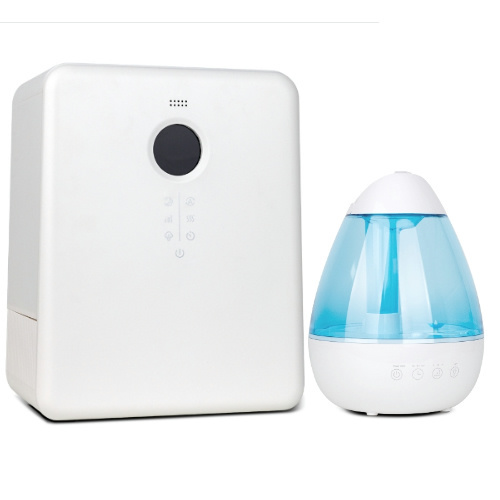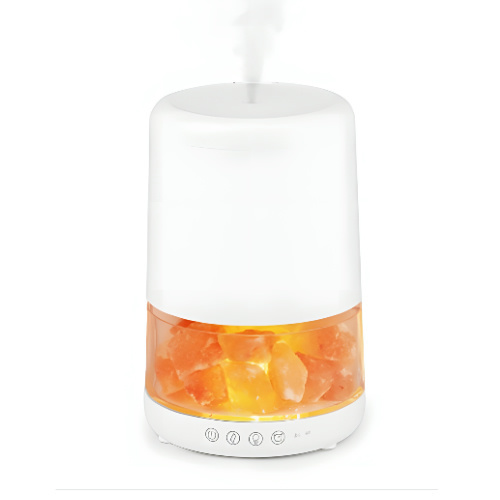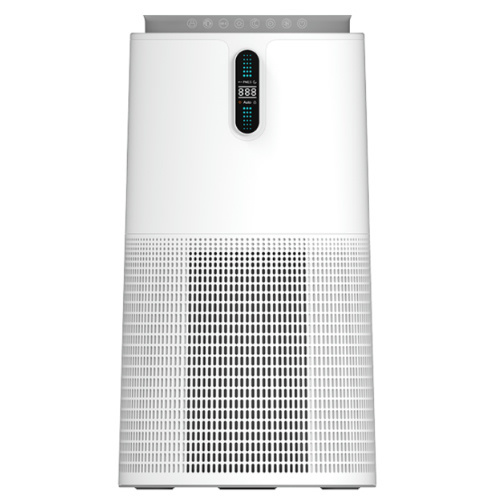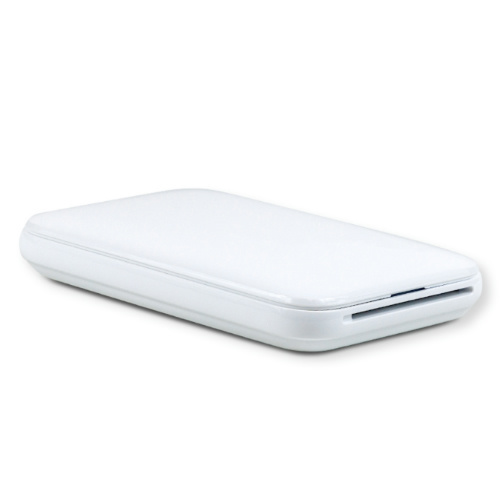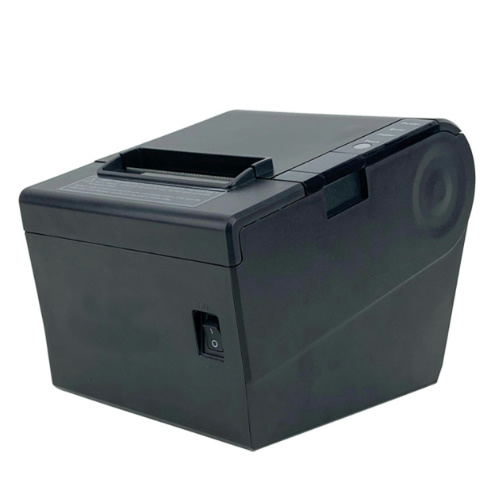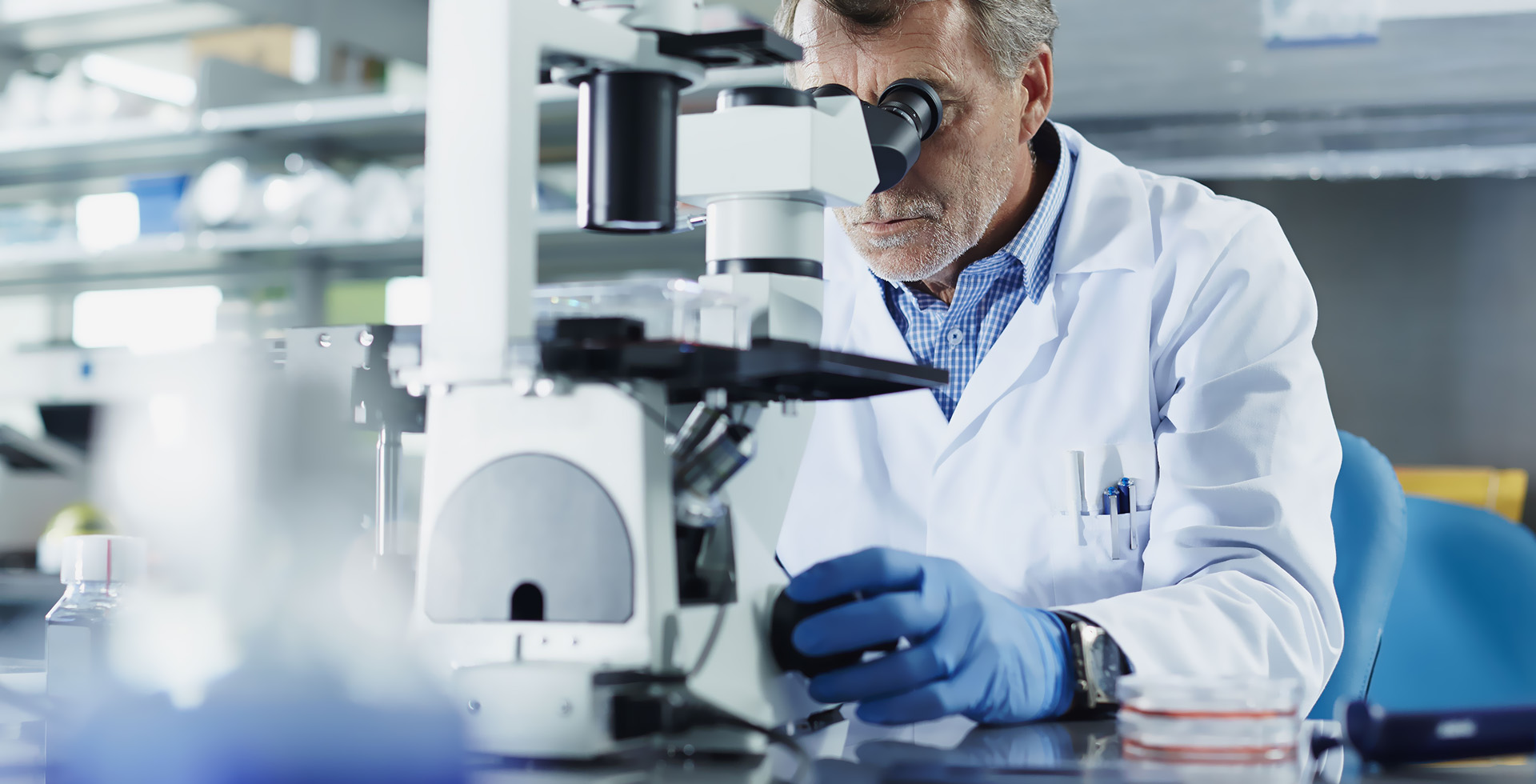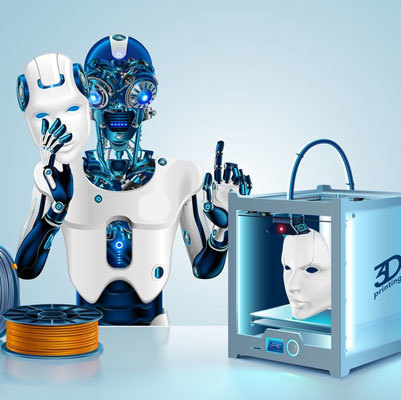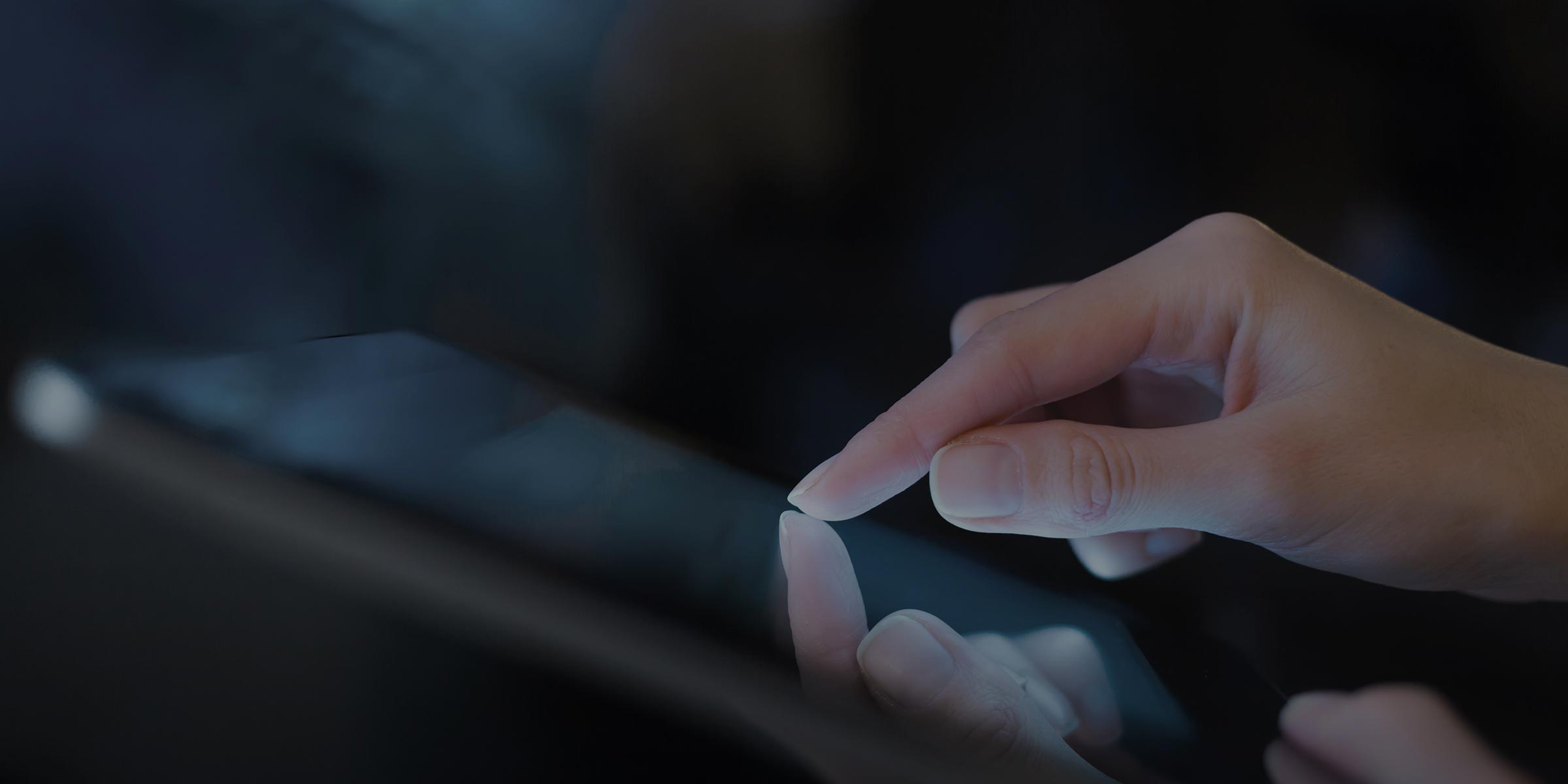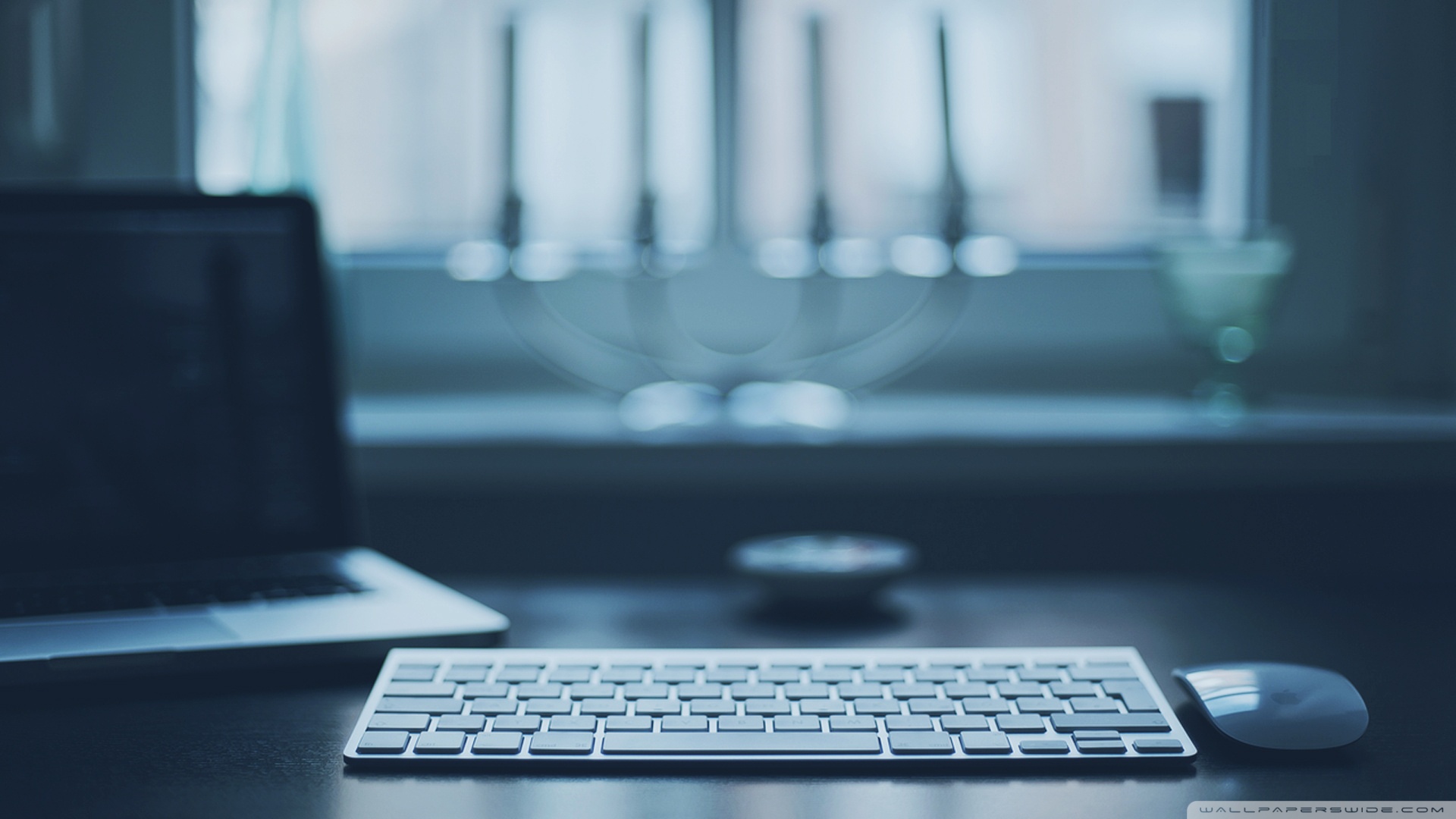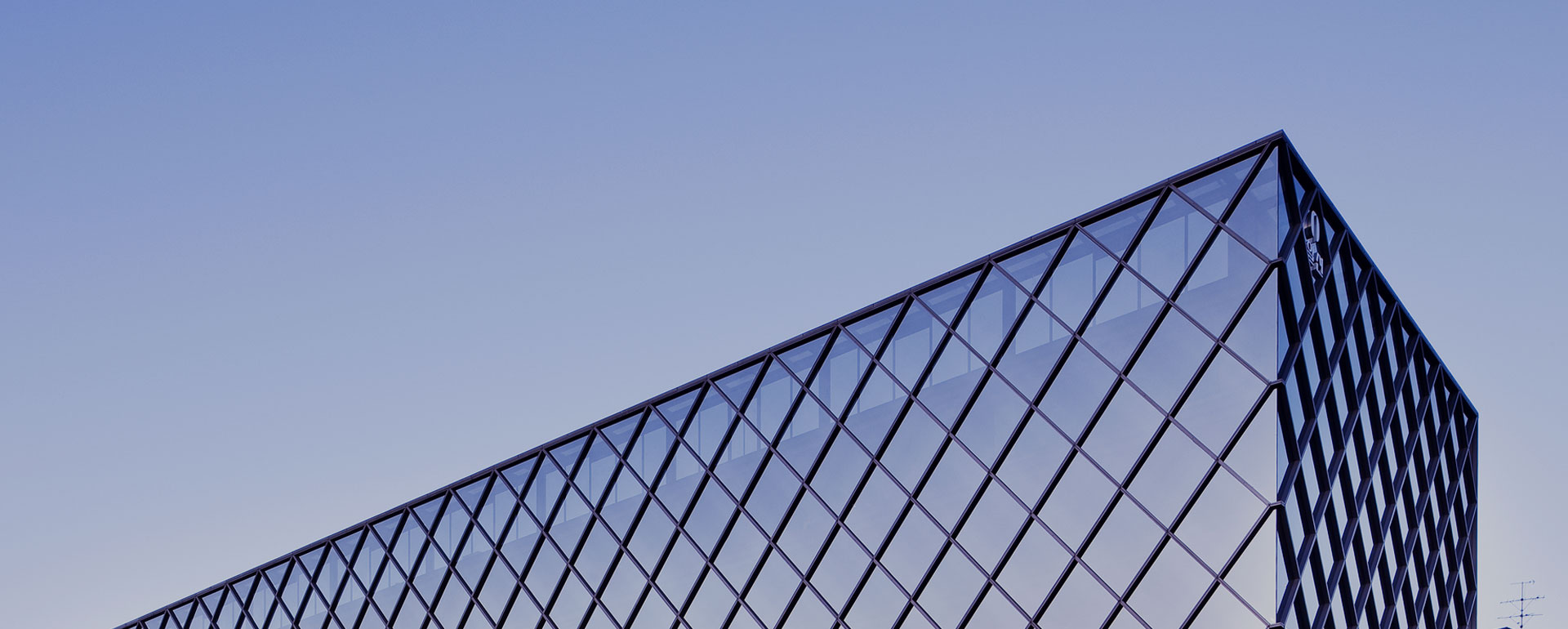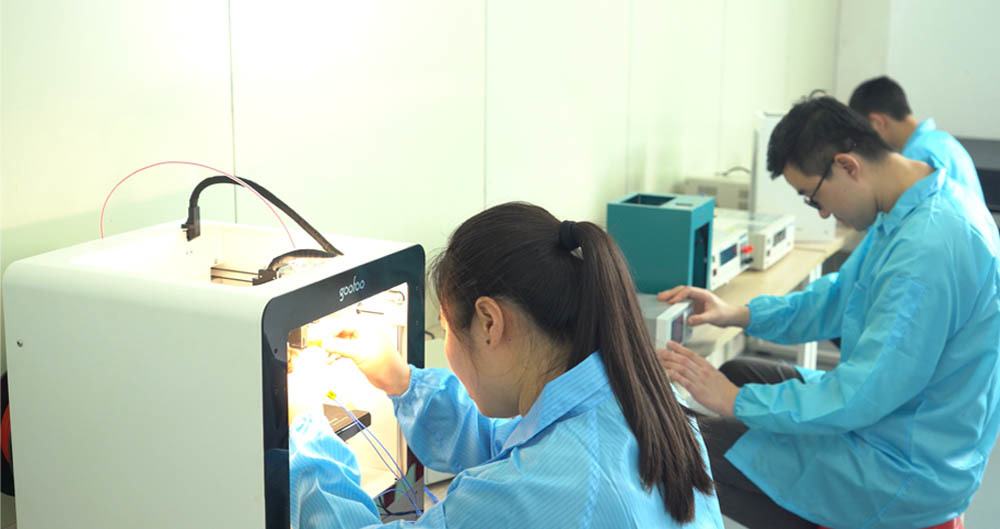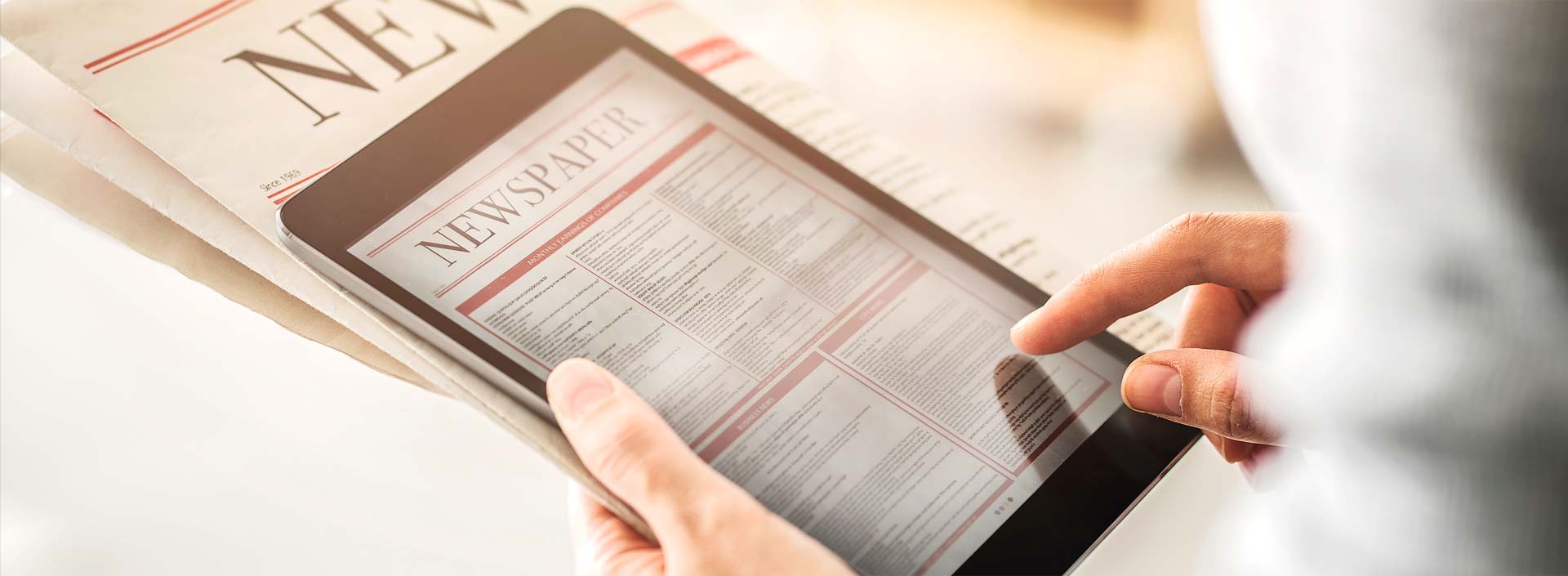All Categories
The Future of Design: PLA 3D Printing Innovations Transforming Industries
2025-10-11 11:00
The Future of Design: PLA 3D Printing Innovations Transforming Industries
Table of Contents
- 1. Introduction to PLA 3D Printing Innovations
- 2. What is PLA and Why It Matters?
- 3. Advantages of PLA in 3D Printing
- 4. Diverse Applications of PLA 3D Printing
- 5. Sustainability and PLA: A Green Future
- 6. Future Trends in PLA 3D Printing
- 7. Challenges Facing PLA 3D Printing Innovations
- 8. Conclusion: Embracing the Future of Design
- 9. FAQs about PLA 3D Printing Innovations
1. Introduction to PLA 3D Printing Innovations
In recent years, **3D printing** has emerged as a groundbreaking technology, reshaping the way we approach design and manufacturing. Among the various materials used in 3D printing, **Polylactic Acid (PLA)** has gained significant attention due to its unique properties and versatility. As we delve into the future of design, it becomes essential to explore how PLA 3D printing innovations are revolutionizing industries, from architecture and product design to education and healthcare.
2. What is PLA and Why It Matters?
PLA, or **Polylactic Acid**, is a biodegradable thermoplastic derived from renewable resources like corn starch or sugarcane. This characteristic not only makes PLA an eco-friendly alternative to traditional plastics but also contributes to its popularity in **3D printing**. The ease of use, availability, and low cost of PLA make it an attractive option for designers and engineers alike.
One of the primary reasons PLA matters in the realm of **3D printing** is its ability to create intricate designs with high precision. From prototypes to final products, PLA enables a range of applications that showcase creativity and innovation.
3. Advantages of PLA in 3D Printing
As we consider the future of design, the advantages of using PLA in **3D printing** cannot be overlooked. Below, we highlight some of the key benefits that make PLA a preferred material among designers:
3.1 Eco-Friendly Characteristics
PLA's biodegradable nature sets it apart from conventional plastics. When disposed of properly, PLA can decompose naturally, reducing the environmental impact associated with plastic waste.
3.2 Ease of Printing
Unlike some other materials, PLA is known for its user-friendly printing process. Its lower printing temperature and minimal warping allow for smoother operations, making it ideal for both beginners and experienced users.
3.3 High Detail and Aesthetic Quality
PLA can produce highly detailed prints with a smooth finish. This quality is particularly advantageous in industries where aesthetics play a critical role, such as product design and art.
3.4 Versatility in Applications
From functional prototypes to artistic creations, the versatility of PLA enables a broad range of applications. Its adaptability to various designs and structures makes it a highly sought-after material in multiple sectors.
4. Diverse Applications of PLA 3D Printing
The applications of PLA 3D printing are vast and varied, impacting numerous sectors. Below are some notable areas where PLA is making waves:
4.1 Architecture and Construction
In architecture, PLA can be used to create models and prototypes that aid in visualization. These **3D printed** models allow architects to iterate designs quickly and efficiently, facilitating better communication with clients and stakeholders.
4.2 Product Design and Prototyping
Designers utilize PLA to develop prototypes that can be tested and modified before mass production. This process not only saves time but also reduces material costs, creating a more efficient workflow.
4.3 Education and Training
In educational settings, PLA 3D printing is revolutionizing how students learn about design and engineering. By allowing students to create tangible objects from their ideas, it fosters creativity and enhances learning experiences.
4.4 Healthcare Innovations
The healthcare industry is increasingly leveraging PLA 3D printing for creating custom prosthetics and anatomical models. These applications enhance patient care by providing tailored solutions that meet individual needs.
4.5 Fashion and Art
In the realm of fashion and art, designers are incorporating PLA 3D printing to craft unique pieces that challenge traditional methods. This innovation allows for personalized and avant-garde designs that push the boundaries of creativity.
5. Sustainability and PLA: A Green Future
As the world shifts towards eco-conscious practices, the role of sustainable materials in design cannot be understated. PLA stands out as a sustainable alternative in the **3D printing** landscape.
5.1 Renewable Resources
PLA is made from renewable resources, which means it doesn’t contribute to the depletion of fossil fuels. This characteristic aligns with global efforts to reduce carbon footprints and promote sustainability.
5.2 Biodegradability and End-of-Life Options
The biodegradability of PLA offers a promising solution to the plastic waste crisis. When disposed of in composting systems, PLA can break down into natural substances, minimizing environmental harm.
5.3 Encouraging Responsible Manufacturing
By adopting PLA for **3D printing**, companies can promote responsible manufacturing practices. This transition not only enhances brand reputation but also attracts environmentally conscious consumers.
6. Future Trends in PLA 3D Printing
The future of PLA 3D printing is bright, with several emerging trends that are poised to reshape the landscape of design:
6.1 Enhanced Material Properties
Ongoing research is focused on enhancing the properties of PLA, such as improving its strength and heat resistance. These advancements will expand its applicability across various industries.
6.2 Integration of Smart Technologies
As technology evolves, the integration of smart features in **3D printing** processes is becoming a reality. This trend will enable more precise control over printing parameters, resulting in higher-quality outputs.
6.3 Customization and Personalization
The demand for customization in products is on the rise. PLA 3D printing offers the ability to create tailored solutions that meet individual consumer preferences, paving the way for a more personalized market.
6.4 Collaboration Across Industries
The future will see greater collaboration between industries, from engineering to fashion. This interdisciplinary approach will foster innovation and lead to groundbreaking designs that leverage PLA’s capabilities.
7. Challenges Facing PLA 3D Printing Innovations
Despite its advantages, PLA 3D printing faces several challenges that need addressing:
7.1 Mechanical Limitations
While PLA is easy to print, it may not possess the mechanical properties required for high-stress applications. Research is needed to enhance its strength and durability.
7.2 Temperature Sensitivity
PLA is sensitive to heat, which can limit its usability in high-temperature environments. Finding ways to modify its thermal properties will be crucial for broader applications.
7.3 Market Competition
As the **3D printing** market expands, competition is intensifying. New materials and technologies are emerging, which means PLA must continue to innovate to maintain its relevance.
8. Conclusion: Embracing the Future of Design
PLA 3D printing innovations are undoubtedly transforming the future of design. With its eco-friendly characteristics, versatility, and potential for customization, PLA is paving the way for groundbreaking applications across various sectors. By embracing these innovations, industries can not only enhance their design processes but also contribute to a sustainable future.
9. FAQs about PLA 3D Printing Innovations
1. What are the main benefits of using PLA for 3D printing?
PLA offers eco-friendliness, ease of use, aesthetic quality, and versatility in applications, making it an ideal choice for various design projects.
2. Can PLA 3D prints be used outdoors?
Due to PLA's sensitivity to heat and moisture, it is not recommended for outdoor use unless treated for additional durability.
3. Is PLA biodegradable?
Yes, PLA is biodegradable and can break down in composting environments, reducing its environmental impact compared to traditional plastics.
4. What industries are utilizing PLA 3D printing?
PLA 3D printing is being utilized in numerous industries, including architecture, product design, education, healthcare, fashion, and art.
5. What future advancements can we expect in PLA 3D printing?
Future advancements may include enhanced material properties, integration of smart technologies, increased customization options, and greater cross-industry collaboration.
In this evolving landscape, staying informed about **PLA 3D printing innovations** is crucial for designers and manufacturers alike. As we move forward, embracing these advancements will not only drive creativity but also promote a sustainable future in design.
pla 3d printer
Recommended News
language
English
العربية
বাংলাদেশ
Български
Hrvatski
Česky
Dansk
Nederland
 Esperanto
Esperanto
Slovenski
Filipino
Suomi
Français
Maori
 Shqiptare
Shqiptare
Georgian
 Euskara
Euskara
Deutsch
Ελλάδα
ישראל
इंडिया
Magyarország
Ísland
Indonesia
Irlanda
Italia
日本語
Sovensko
Հայաստան
한국
Kyrgyz
ປະເທດລາວ
 Zulu
Zulu
Latvian
Lithuanian
Luxembourgish
 Latinus
Latinus
Macedonian
Малайская
Maltese
Монгол улс
 Cymraeg
Cymraeg
ဗမာ
 தமிழ்
தமிழ்
नेपाल
Norge
ایران
Polska
Portugal
România
Российская
Србија
 Slovak
Slovak
Србија
 Slovak
Slovak
Bosanski
Slovenian
Беларус
España
Sverige
Точик
ประเทศไทย
Türk
Azərbaycan
Uzbek
 Afrikaans
Afrikaans
Việt Nam
Skype / WhatsApp: +86 592-5713513 / +86-13860126490
No.88-3, North Tongji Road, Xike County, Tong'an District, Xiamen, Fujian China
Xiamen Goofoo Technology Co., Ltd. All Rights Reserved 闽ICP备2022008070号-1 SEO 300.cn
Phone:+0086 592-5713513
Address: No.88-3, North Tongji Road, Xike County, Tong’an District, Xiamen, Fujian China
Email: sales@goofoo3d.com
We will give you feedback in time

